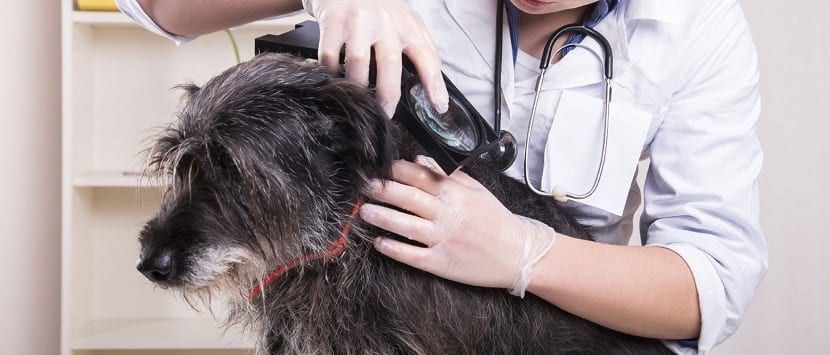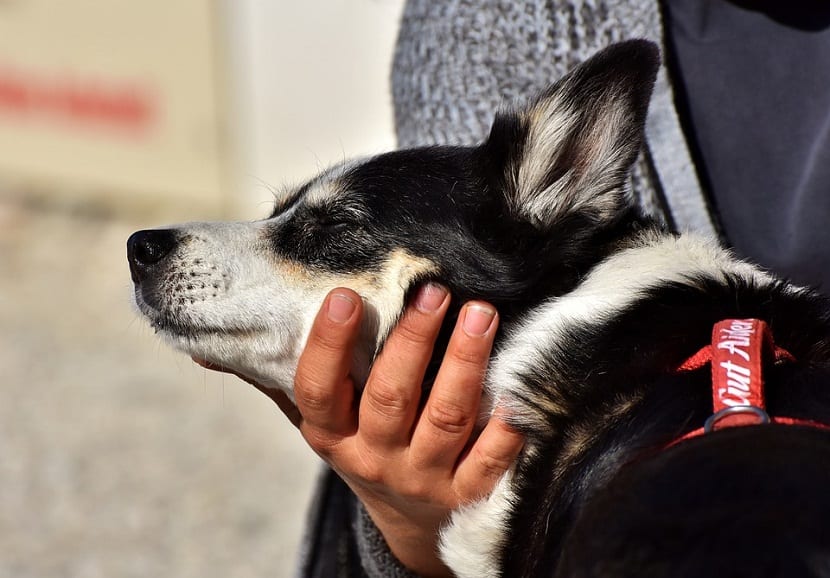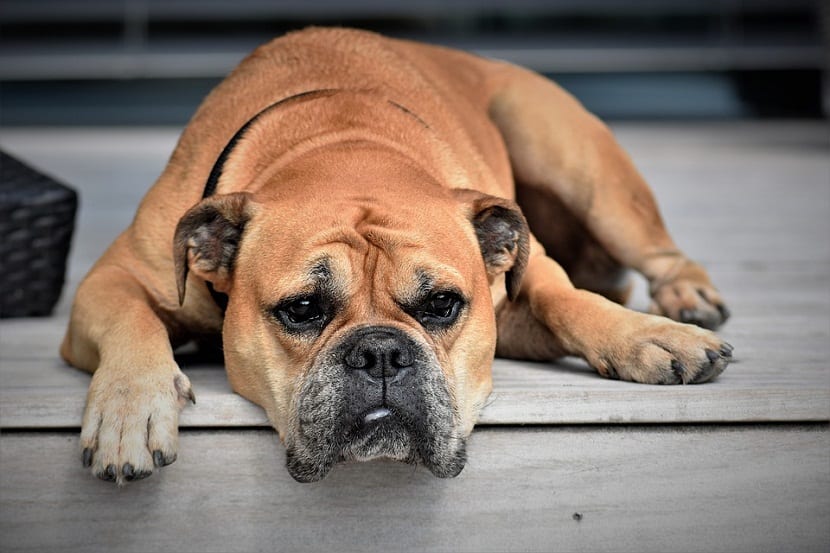
One of the most common diseases in dogs, which in turn drastically affects their skin, is Pyoderma. This disease has symptoms that can become quite repulsive for both the owner and the dog, among the most frequent symptoms are a unpleasant odor on the animal's skin accompanied by great irritation.
Fortunately for our pet, there are treatments with which we will combat each of the symptoms caused by this disease, in addition if we apply the correct treatment the animal will be able to recover completely, especially on the skin.
What is Pyoderma disease?

This is a disease that usually attacks dogs. It is caused by certain bacteria belonging to the staph family that cause the animal a serious infection on its skin.
It is very important that we bear in mind that Pyoderma generally appears as a result of other diseases that in the same way cause the skin to begin to show signs of weakness, in addition completely loses its main function, which is to serve as a protective wall against infectious agents and also the ability it has to protect itself from any type of aggression.
When situations like the one mentioned above occur, the bacteria do not miss the opportunity and take the opportunity to multiply on the skin of our dog. The diseases that make the animal more vulnerable to Pyoderma are parasites, allergies and low defenses.
Parasites
The demodex it is a species of mite that usually lodges inside the glands that produce the dog's hair, damaging their skin and at the same time making them more prone to Pyoderma.
The alergies
You are frequently make the skin of the dog more fragile, which makes it more vulnerable to suffer from this class of diseases. For example, environmental allergy, which is also known by the name of atopy, most of the time comes in conjunction with Pyoderma.
Low defenses
Generally, these can be caused due to various factors as is the case with glucocorticoid treatments.
Symptoms of Pyoderma

Depending on the layers of skin that are damaged, Pyoderma We can divide it into two parts, the deep and the external.
Deep pyoderma
This not only causes serious damage to the dermis of our pet, but it can also disperse until it reaches most of the hypodermic tissue.
Pyoderma externa: affects only the outer part of the skin.
In the two cases of Pyoderma, the animal usually feels a strong irritation on its skin causing frequent scratching, in addition to alopecia that causes hair loss and can be quite extensive.
When a dog scratches too much it results in alopecia as well as some follicular changes. Both the unpleasant smell of the skin and the scabs, usually become a very annoying problem for our pet.
The changes in the glands that produce hair are also very frequent, regardless of whether it is an inflammation of these, which in this case is known by the name of canine bacterial folliculitis, very common within the external Pyoderma or, on the other hand, the deterioration, which is called furunculosis, which usually appears in the deeper type of Pyoderma.
Within the latter, equally we can find nodules and ulcers in the dermis of the can.
Diagnosis of Pyoderma
A consultation is ideal for this type of disease, that is why the veterinarian is the only one who can offer us a better diagnosis by analyzing each of the animal's symptoms, which by then should already be very noticeable and also, it can be guided through an analysis of the cells, called cytology, and also by means of a biopsy.
As we have already mentioned several times, Pyoderma It can also be caused due to other types of diseases that deteriorate the skinTherefore, it is extremely important that we can detect them to guarantee the appropriate treatment for our pet.
Pyoderma treatment
Because Pyoderma disease is caused by bacteria, its treatment should be based primarily on the antibiotic application, which we have to give the dog orally.
Generally, most antibiotics are quite effective against this disease, however, the most suitable in these cases are the following: cephalosporins, sulfonamides that are potentiated and also beta-lactams, as is the case with amoxicillin.
However, those that we have just mentioned have to add some type of solution to make the bacteria oppose some type of resistance to the applied treatment, such as clavulanic acid.
For these situations, the most recommended is an antibiogram, which in other words is about a test performed on the responsible bacteria and in turn to the sensitivity that it has towards antibiotics. If what we want to know is which one is the most effective to completely eradicate this microbe.

This exam is the most appropriate for those situations in which treatment shows no sign of improvement after a week of being applied.
The duration of the treatment is a very important part of being able to cure Pyoderma in dogs, because it must be placed for a whole month if it is an external pyoderma, on the other hand if it is the deep one, the minimum would be approximately a month and a half.
To increase the effectiveness of the treatment and the results that we are going to obtain, we can use antibiotic therapy in conjunction with some shampoo specific to treat canine pyoderma, in other words, the application of a special shampoo for this skin disease make the results very positive.
Most of the time these shampoos contain some kind of antiseptic, such as chlorhexidine, which kills almost all bacteria that are hidden in the skin.
How to prevent Pyoderma?
To prevent this disease, the most important thing is to keep each of the basic care up to date, such as periodic deworming, bathing and everything related to your health.
This is essential so that later the dog does not contract this annoying disease again. Likewise, we cannot forget that we must take the animal to a veterinary consultation approximately every six months maximum 12, so that the specialist performs general analyzes, in this way it will be easier to detect not only Pyoderma but also other kinds of diseases.